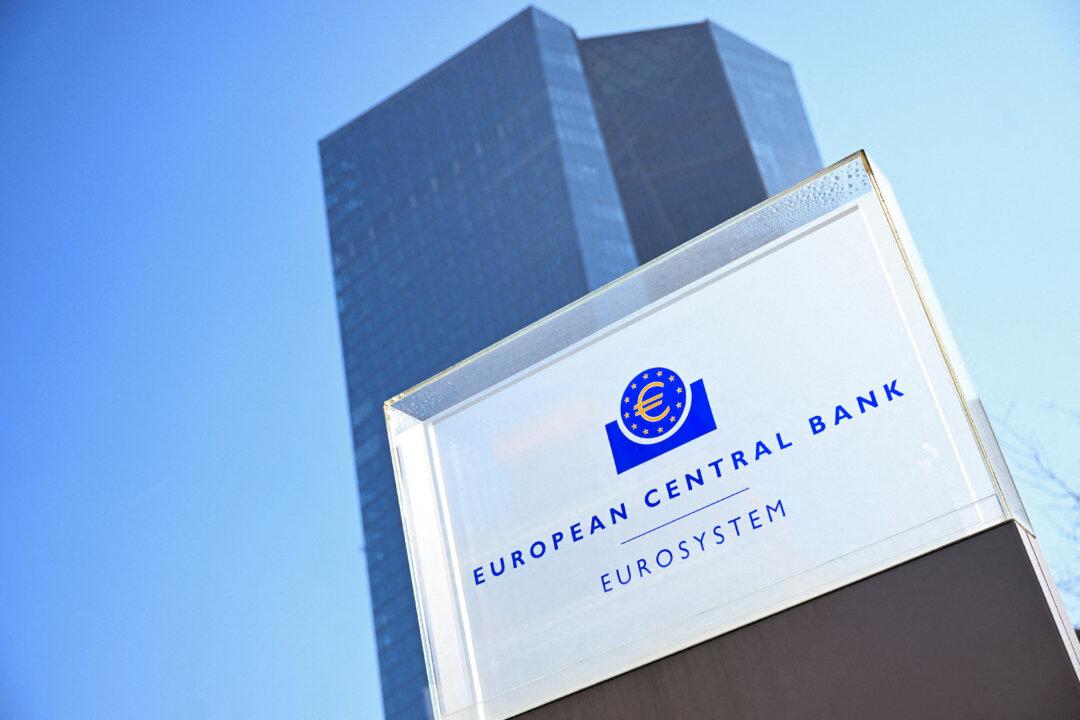Billionaire investor Ray Dalio said in a note Tuesday that the Fed’s fight to quell soaring inflation would most likely come at the “great cost” of weakening the U.S. economy and stagflation.
“Over the long run the Fed will most likely chart a middle course that will take the form of stagflation,” Dalio said, arguing that, by keeping monetary policy too loose for too long, the U.S. central bank is basically stuck with having to adopt inflation-fighting policies that will likely lead to a contraction in private credit growth and weaken the economy.
“The Fed is moving from printing and buying debt at an annual rate of around $1.5 trillion to selling it at an annual rate of $1.1 trillion, and from sharply lowering interest rates to sharply raising them,” he wrote.
“For that reason, we experienced the big lurch forward and are now experiencing the big lurch backward,” he added.
Dalio recalled the days of former Fed Chair Paul Volcker and his “bone-crushing” monetary tightening in response to soaring inflation in the 1970s, with his policies taking the U.S. unemployment rate to 10.8 percent, curbing demand, and lowering price pressures.
“Inflation was reduced by people and companies being painfully squeezed and reducing spending. That’s always the case and will be the case this time,” Dalio predicted.
“Several differences between the current economic situation and that in the 1970s make it less likely that stagflation will develop now,” they wrote.
The analysts pointed to factors like a substantial drop in oil dependence and limited upward wage pressures due to the fact that workers have become less unionized and wage indexation schemes are less common, lowering the likelihood of large second-round inflation impacts and the dreaded wage-price spiral.





